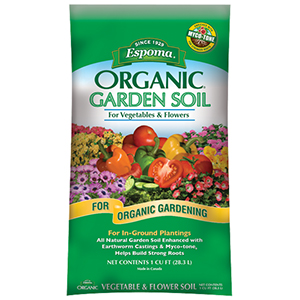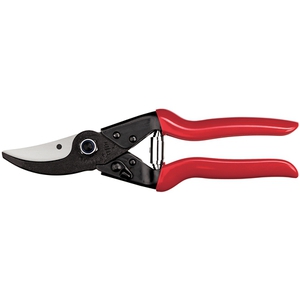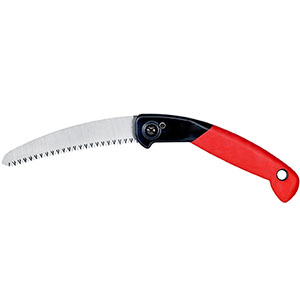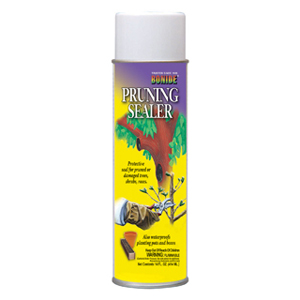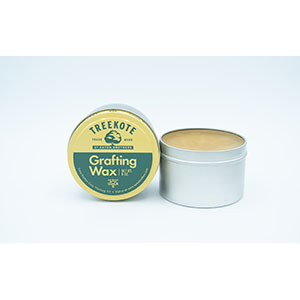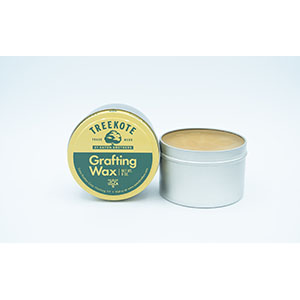Every so often, a new weather record is broken in your state.
Whether it’s rainfall, snowfall, drought or – as we’ve seen this month – frigid
temperatures, it’s going to happen. As I write this tip, I see a half-inch of
ice layering everything in sight around my home in New Jersey. It reminds me of
a winter long ago that was so cold, the Delaware River froze and you could walk
from Camden, N.J., to Philadelphia, Penn.! Might this year be a record breaker?
Read on to prepare for the challenges and the opportunities that may lie
ahead in spring 2018.
From Bone-Chilling to Silver Lining
ahead in spring 2018.
From Bone-Chilling to Silver Lining
Extreme temperature swings can cause major damage to plants
and shrubs, especially those planted in regions where consumers cheated the
hardiness zones. Only time will tell whether plants will respond to warming
temps this time around.
Winterkill from the record-setting arctic blast of January
1985 eliminated nearly an entire collection of roses at Hershey Gardens in
Pennsylvania. With sustained temperatures dipping into negative numbers
throughout the eastern United States, we saw the impact of losing well-established
plants everywhere.
In contrast, 1985 turned into a good year for nursery sales,
as consumers shopped for replacement plant material. Maybe this year’s bitter
cold will yield another opportunity for sales and profits when spring arrives.
From Slumber Party to
Garden Party
Pruning is among the many routine tasks of springtime. However,
it’s more than a simple chore; pruning is an art! Most consumers are unaware of
its necessity and its benefits, which presents you with an opportunity to
educate. By eliminating deadwood and branches, the growth of the plant is
replenished by pushing new basal breaks from the crown of perennials and roses.
New buds will emerge from branches and canes, and the strength and energy of
the plant is concentrated into a smaller area.
Two types of pruning methods pertain to plants, especially
roses. First, is a reduction in size by cutting the canes to the desired height
while eliminating crossing canes. These canes are cut about a ¼ inch above an
outward facing bud eye. The second part of the process is to eliminate dead
wood or blackened canes. After winters like this one, consumers may need to
prune these canes right down to the rose crown or bud union, where the canes
start.
In situations where extreme pruning is needed, plants may
take a while longer to produce roses this season. Encourage your customers to
be patient: They’ll be rewarded with an eventual flush of new blooms sometime
between Mother’s Day and Flag Day, depending on the variety.
An Ounce of
Protection, a Pound of Prevention
Any cut into the pith of a branch or cane can become a new
entryway for insect borers or disease. It’s wise to seal these cuts using a
suitable pruning sealer. However, I would caution against using a pruning
sealer on rose canes. Many contain petroleum distillates, which may damage soft
and sensitive tissue. Instead, advise your customers to use Elmer’s Glue, nail
polish or orange shellac on these tips.
Remind consumers to examine trees for similar damage, such
as branches that have slightly broken away from their trunks from the weight of
ice and snow. This is especially a concern with Japanese maple varieties. If a compromised
branch fully leafs out, it may produce enough weight to splinter away from the
trunk. Clark’s Grafting Wax and binding tape may help salvage the branch; be
sure to have these products on your shelves as spring arrives.
The Day the Earth
Moved
Frost heaving is a common occurrence during the extreme
temperature swings of winter. Water and moisture can expand during winter
months and, in some examples, sever roots around trees and plants. No worries! It
only takes a springtime feeding of organics or the addition of a root stimulant
or mycorrhizae to produce new feeder roots to sustain the plant. To speed the
process along, ask your customers to consider the addition of a soil amendment
or top dress of mulch to increase moisture availability.
For now, we can only watch and wait for the first signs of
spring arrive in our gardens. Only then will we know what damages have occurred
and what our tasks will be. Until then, we can prepare for the possibilities.
If all else fails, and some plants will fail, then another type of pruning will be required: Shovel pruning.
If all else fails, and some plants will fail, then another type of pruning will be required: Shovel pruning.


